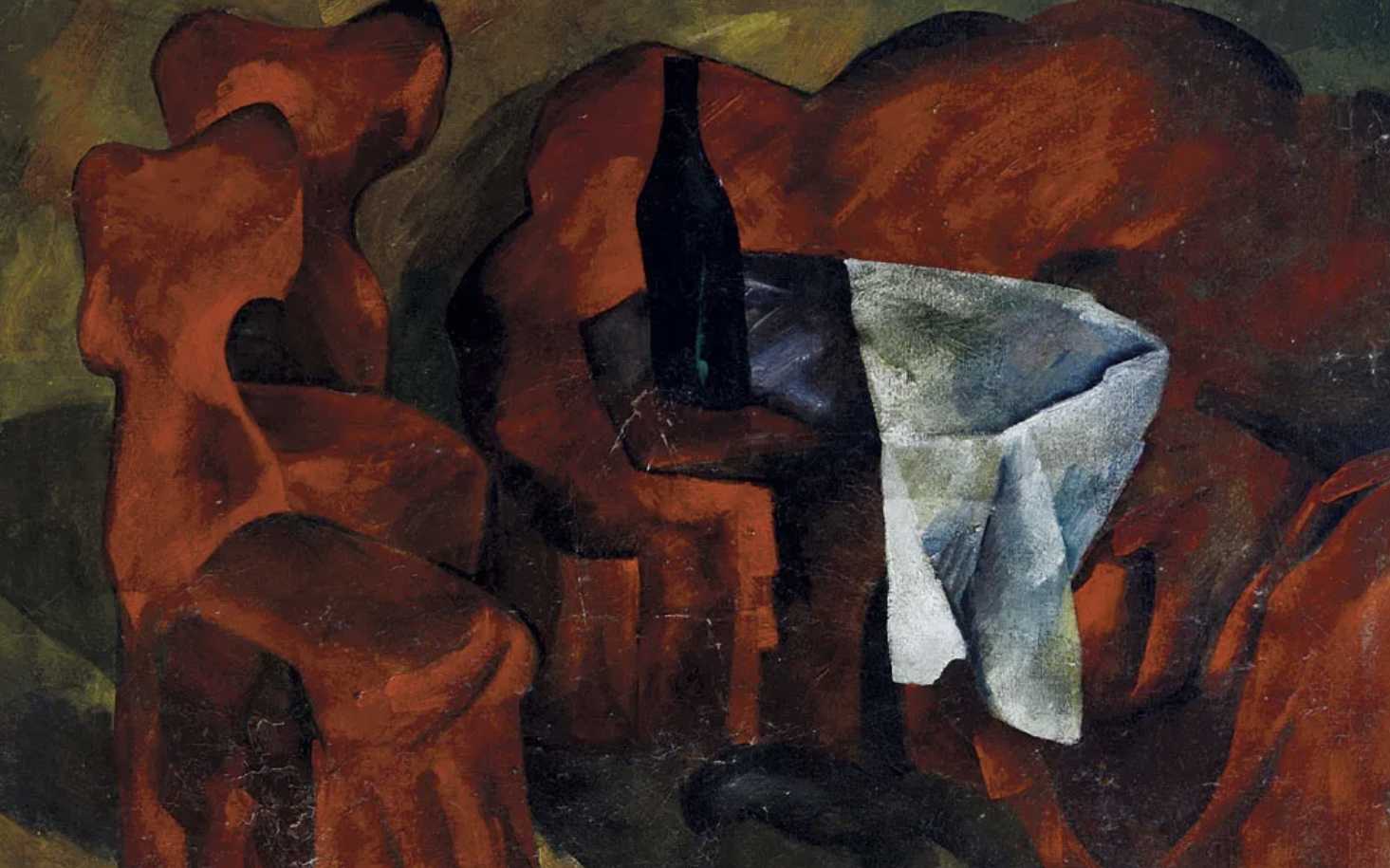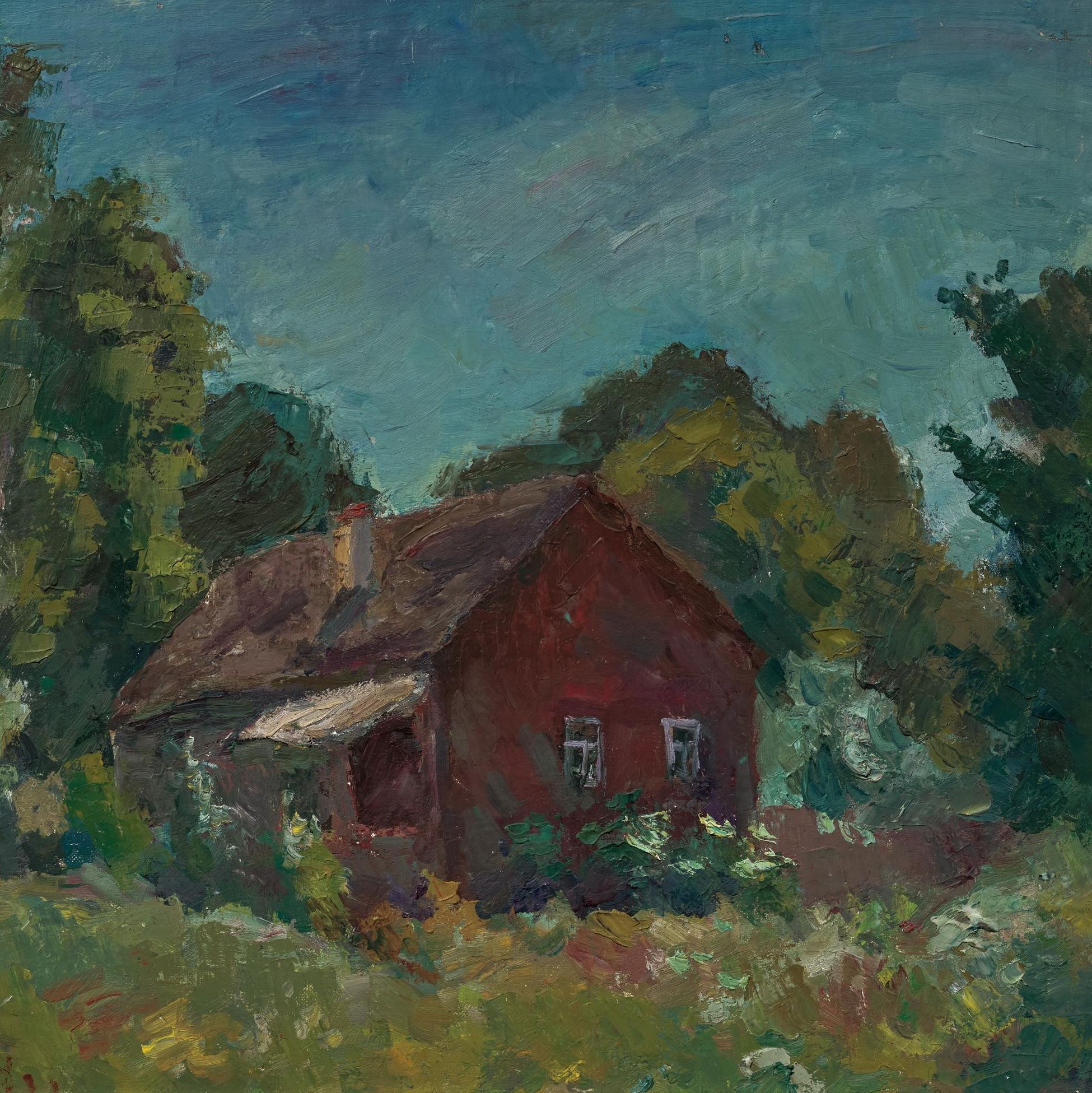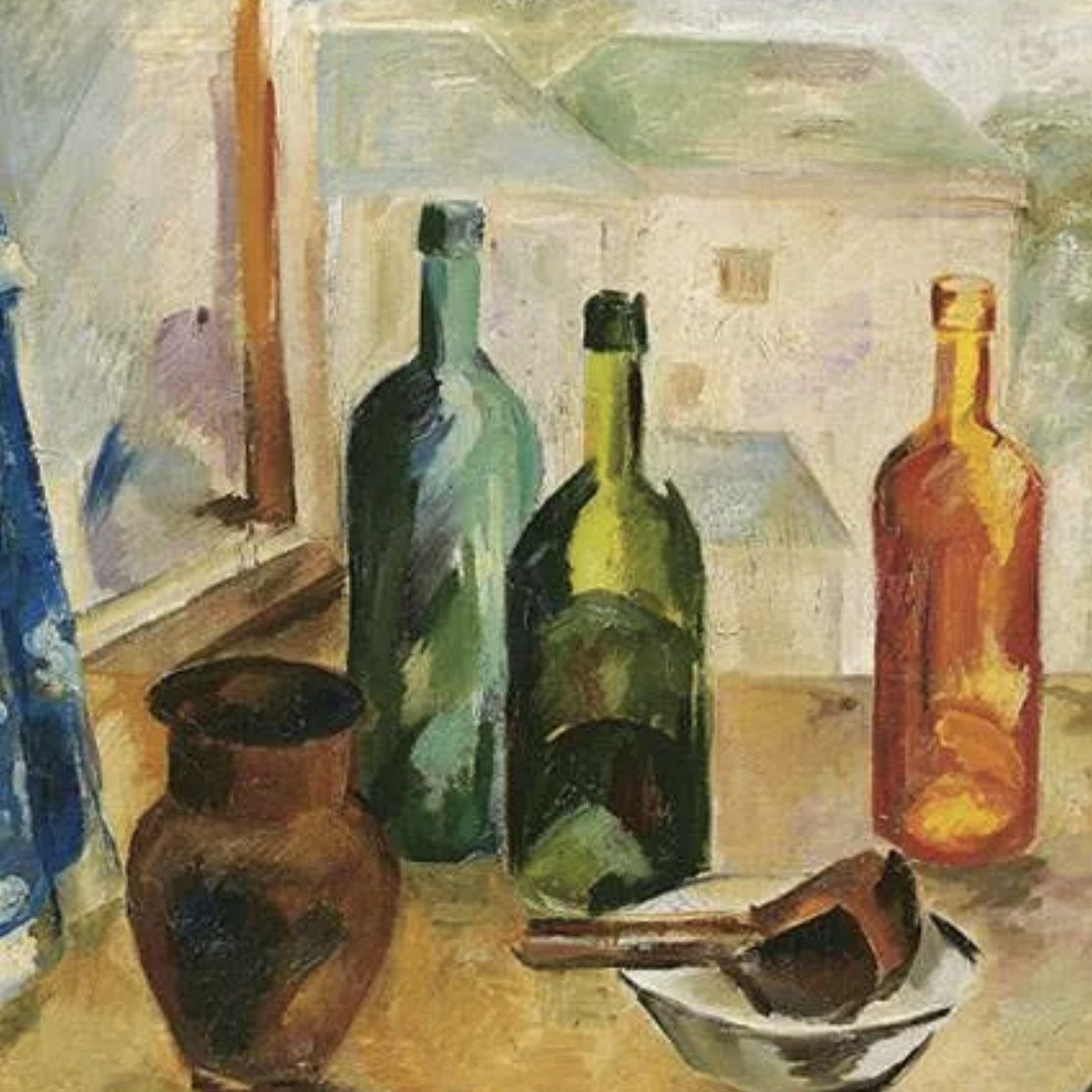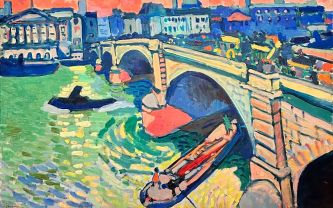Rating and value of paintings by Robert Falk

If you own a work by or about the artist Robert Falk, and would like to know its value, our state-approved experts and auctioneers can offer you their expert appraisal services.
Our specialists will carry out a free appraisal of your work, and provide you with a precise estimate of its current market value.
Then, if you want to sell your work, we'll point you in the right direction to get the best possible price for it.
Artist's rating and value Robert Falk
Falk is a Russian-born painter who is relatively unknown to the general public. He left behind a unique artistic repertoire characteristic of Russian neo-impressionism.
This legacy consists of paintings, mostly oils on canvas. Today, prices for his works are skyrocketing under auctioneers' gavels.
His paintings and other works are particularly prized, especially by European and American buyers, and the prices at which they sell on the art market range from €470 to €1,315,440, a considerable delta but one that speaks volumes about the value that can be attributed to Falk's works.
In 2005, his composition Woman with a pink fan, dating from 1922, sold for €1,315,440 at Christie's, whereas it was estimated at between €321,550 and €467,710.
Order of value from a simple work to the most prestigious
Technique used | Results |
|---|---|
Drawing - watercolor | From €510 to €39,410 |
Oil on canvas | From €470 to €1,315,440 |
Response in less than 24h
Artist Robert Falk's style and technique
Robert Falk, a major figure in Russian Neo-Impressionism, drew his inspiration from the landscapes of Western Europe.
His fascination with bright light leads him to experiment with infinite variations in nuance, capturing changing atmospheres with a particular sensitivity.
In his work, light becomes a central element, playing a fundamental role in the composition and construction of space. He uses a palette in which soft tones mingle with deeper shadows, accentuating contrasts and creating a subtle effect of depth.
The influence of the northern schools is evident in his work, especially through his mastery of chiaroscuro, a technique he adapts to his own artistic vision.
This play between light and shadow, sometimes barely perceptible, gives his works a special dimension, where every detail seems bathed in a vibrant glow.
His landscapes, often imbued with serenity, reveal a soft, diffused light that seems to seep through the layers of paint.
Falk doesn't just depict nature faithfully; he also seeks to capture the emotion these scenes evoke, capturing the precise moment when light transforms the landscape.
This almost instinctive approach to light allows him to express a personal and poetic vision of the world, where each canvas becomes an exploration of light and shadow, of nature and its infinite variations.
His touch, both precise and free, lends his works a unique vibrancy, a true signature of his style.


Robert Falk, a little-known but much-loved painter
Russian-born artist Robert Rafaïlovitch Falk (1886-1958) remains an intriguing figure for collectors, often compared with Krachkowsky and Bessonov.
Born in Moscow, he first trained in private studios, before joining the Moscow School of Painting, Architecture and Sculpture, where he was influenced by two key masters: Constantin Korovine and Valentin Serov.
At the beginning of the 20th century, when Russia was undergoing political and social upheaval, Falk co-founded the avant-garde group "Valet de Carreau". This collective rejected academic realism in favor of a more modern plastic language.
Around this time, Falk discovered the work of Paul Cézannewho became a major influence. He drew inspiration from the principles of analytical cubism, favoring large flat tints of color. This technique enabled him to structure the space of his canvases while playing with light and depth, creating works with geometric shapes and intense colors.
In the 1920s, like many Russian artists, Falk decided to move to Paris, then the capital of modern art.
His style evolved: he gradually abandoned the rigid compositions of Cubism to concentrate on more subtle harmonies of color.
Parisian light influences his palette, and his works become more nuanced, exploring the delicate variations of shadows and reflections.
This period in Paris, which lasted until 1938, enabled him to immerse himself in European innovations while maintaining a link with the Russian pictorial tradition.
Back in Russia, Falk turned to a neo-Impressionist style, marked by luminous touches and a quest for clarity.
He also creates theatrical sets, using his mastery of light and shadow to create captivating atmospheres. Through his work, he captures the beauty and fragility of his time, between tradition and modernity, between Russia and Europe.
Until his death in Moscow in 1958, Falk continued to explore the possibilities of color and light. His works, often marked by a certain melancholy, testify to the richness of his artistic journey, blending Western influences and Russian heritage.
His work, long overlooked, is now attracting growing interest, reaffirming Falk's singular place in the history of modern painting.
Focus on Winter Landscape by Robert Falk
In Winter Landscape, Robert Falk plunges us into a winter scene that captures all the tranquility of the vast Russian expanses. The painting is an invitation to contemplation, with cold tones of blue, gray and white dominating the whole.
These colors evoke a snow-covered landscape, frozen in the cold, but with a silent, intense beauty.
The trees, with their bare branches, stand against a luminous, almost metallic grey sky. Their light, airy silhouettes seem to melt into the icy atmosphere, but their elongated shadows on the snow add a new dimension to this silent landscape.
Contours are sometimes blurred, as if the cold spreads a light mist across the scene, making the whole environment more ethereal.
In the center, a river meanders through this landscape, its shimmering surface contrasting delicately with the whiteness of the surrounding snow. The almost imperceptible current brings a touch of movement to this otherwise frozen scene.
The reflections of the trees in the water are also barely visible, like distant echoes of the world around them, diffused by the river's mirror.
The painting's atmosphere is one of calm and solitude. The absence of any human presence, replaced by the purity of nature, makes the scene almost unreal. The light, diffused and subdued by the clouds, illuminates just enough to reveal the shapes of the trees and the contours of the water.
This subtle interplay of light and shadow lends the work an almost poetic depth, like a moment suspended in time.
In Winter Landscape, Falk captures the essence of the Russian winter not in its harshness, but in its silent beauty.
He invites the viewer to escape into this tranquil space, to feel the almost palpable cold, and to lose themselves in the contemplation of a peaceful nature, far removed from the turbulence outside.


Robert Falk's imprint on his period
Robert Falk's legacy is that of an artist who navigated between Russian tradition and European modernity.
Through his works, he brought a new sensibility, influenced by Cubism and Impressionism, while retaining a strong link with Russian painting, making his work a unique artistic journey, much sought-after by collectors.
By participating in the creation of the "Valet de Carreau" group, he helped free Russian art from the academic constraints of the 19th century, fostering the emergence of a bolder style.
His stay in Paris enabled him to refine his approach to color and light, which influenced his paintings on his return to Russia.
The scenes and landscapes he painted, bathed in soft, nuanced light, became benchmarks for young Russian artists eager to explore new avenues. Today, his work is seen as a testimony to the artistic effervescence of the early 20th century, between the decline of the old schools and the audacity of modern movements.
Recognizing Robert Falk's signature
Robert Falk's paintings are often signed in the lower left-hand corner. He signs with his first and last name, often in a dark tone; sometimes with the town where he painted the picture, or the date.

Knowing the value of a work
If you happen to own a painting by Robert Falk or one based on the artist, don't hesitate to ask for a free estimate using the form on our website.
A member of our team of experts and certified auctioneers will contact you promptly to provide you with an estimate of the market value of your work, as well as any relevant information about it.
If you're thinking of selling your work of art, our specialists will also be on hand to help you find alternatives for selling it at the best possible price, taking market trends into account.
Response in less than 24h
Related topics

Rating and value of works, watercolors and paintings by Mathur...
Mathurin Janssaud, a 20th-century painter, produced watercolors and paintings inspired by Brittany.
Read more >

Rating and value of paintings by André Der...
André Derain was a Fauvist painter and later a 20th-century realist who produced valuable paintings, drawings and other works.
Read more >

Rating and value of paintings by Ernest Pi...
Ernest Pierre Guérin is a twentieth-century Pre-Raphaelite painter whose works are highly regarded and valued at auction.
Read more >
Secure site, anonymity preserved
State-approved auctioneer and expert
Free, certified estimates